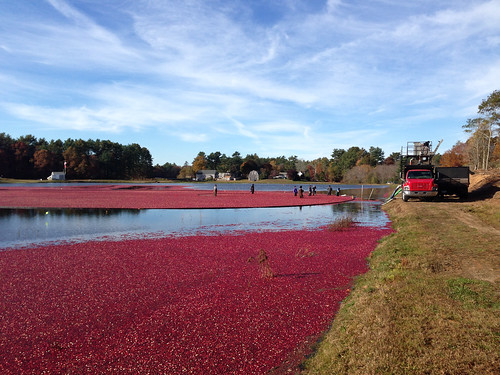Release date:
NOVEMBER 25, 2013
Release Number:
Region VII 13-023
Media Contacts:
Federal Emergency Management Agency news desk (816) 283-7095
Jodie Fawl, Nebraska Emergency Management Agency (402) 471-7428
Stefanie Bond, Iowa Homeland Security & Emergency Management (515) 725-3231
Jodie Fawl, Nebraska Emergency Management Agency (402) 471-7428
Stefanie Bond, Iowa Homeland Security & Emergency Management (515) 725-3231
FORT CALHOUN NUCLEAR STATION EXERCISE PROCESS TO BE DISCUSSED AT PUBLIC MEETING
Kansas City, Mo. –The U.S. Department of Homeland Security’s Federal Emergency Management Agency’s (FEMA) Region VII office announced today the states of Nebraska and Iowa, along with Washington County in Nebraska and Pottawattamie and Harrison counties in Iowa, will participate with the Omaha Public Power District in a one-day exercise on Dec. 3, 2013, in support of the Fort Calhoun Nuclear Station, located near Fort Calhoun, Neb. The routine exercise will test the abilities of the states of Nebraska and Iowa, the utility, and the participating counties to protect the health and safety of the public living and working in the vicinity of the Fort Calhoun Nuclear Station.
The exercise is a biennial requirement to determine the adequacy of the state and local radiological emergency preparedness and response plans. It will require the activation of emergency facilities by the participating state and local officials. The activities of the state, county and local units of government will be observed and evaluated by the FEMA Region VII Radiological Emergency Preparedness (REP) Program. Fort Calhoun Nuclear Station on-site performance will be observed and evaluated by officials from the Nuclear Regulatory Commission (NRC).
On Thursday, Dec. 5 a public meeting will be held to describe and explain the full-scale response exercise process. Since the process of evaluating the full-scale response exercise will take months, the preliminary findings are very limited in scope.
Members of the public and the media are invited to attend this meeting beginning at 11 a.m. (CST) in the City Council Chambers of Blair City Hall,
located at 218 S. 16th St., Blair, Neb. Representatives from FEMA Region VII will chair the meeting and explain the exercise process. A representative from the NRC Region IV office, located in Arlington, Texas, will discuss activities conducted on-site at the power plant during the exercise.
Members of the public and the media are invited to attend this meeting beginning at 11 a.m. (CST) in the City Council Chambers of Blair City Hall,
located at 218 S. 16th St., Blair, Neb. Representatives from FEMA Region VII will chair the meeting and explain the exercise process. A representative from the NRC Region IV office, located in Arlington, Texas, will discuss activities conducted on-site at the power plant during the exercise.
Visit FEMA Region VII’s website and follow us on social media, at www.twitter.com/femaregion7, www.twitter.com/fema, www.facebook.com/fema, andwww.youtube.com/fema. Also, follow Administrator Craig Fugate on Twitter. The social media links provided are for reference only. FEMA does not endorse any non-government websites, companies or applications.
FEMA’s mission is to support our citizens and first responders to ensure that as a nation we work together to build, sustain, and improve our capability to prepare for, protect against, respond to, recover from, and mitigate all hazards.
FEMA’s mission is to support our citizens and first responders to ensure that as a nation we work together to build, sustain, and improve our capability to prepare for, protect against, respond to, recover from, and mitigate all hazards.
###
Last Updated:
November 26, 2013 - 10:47










